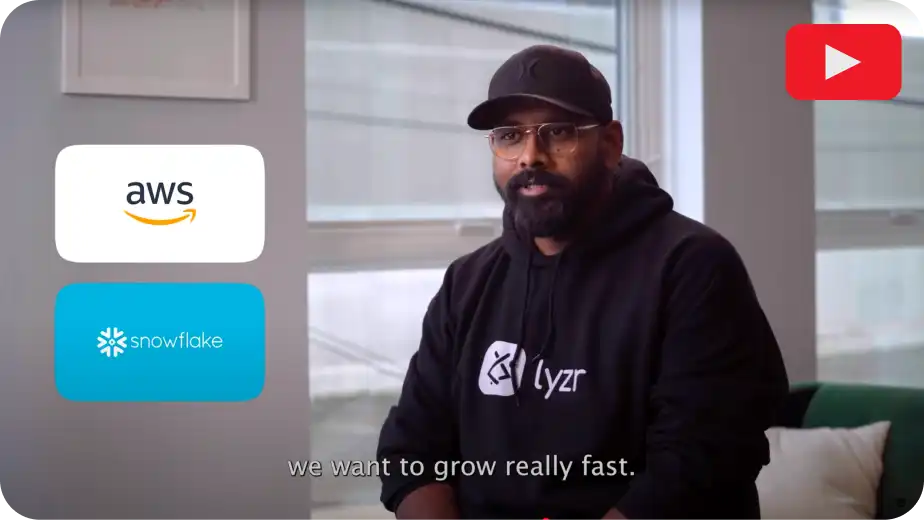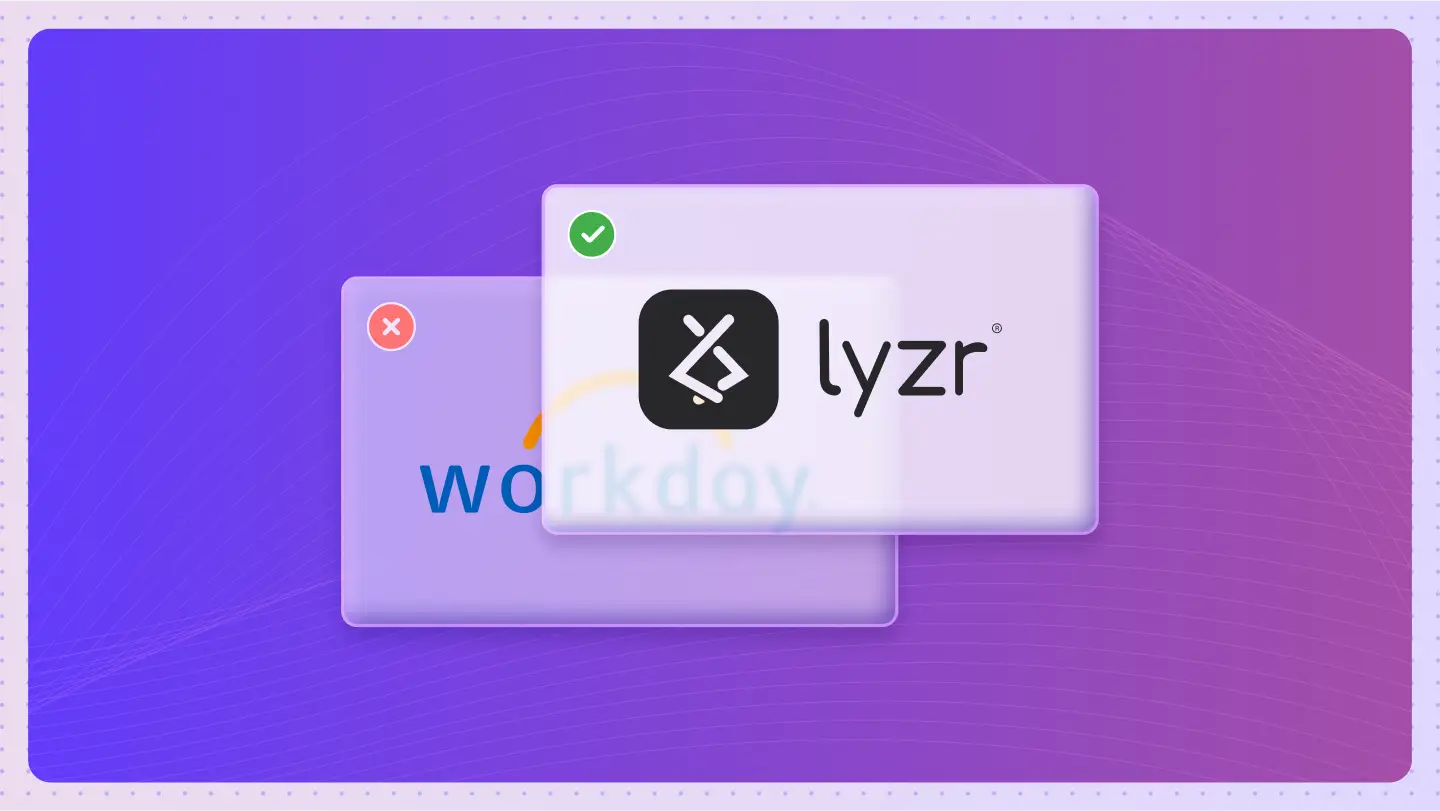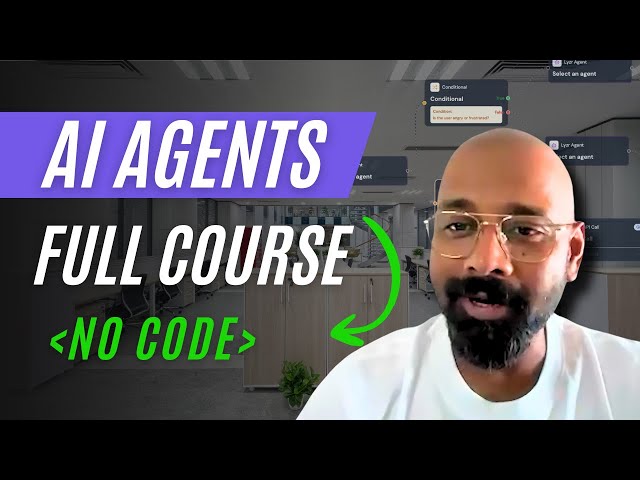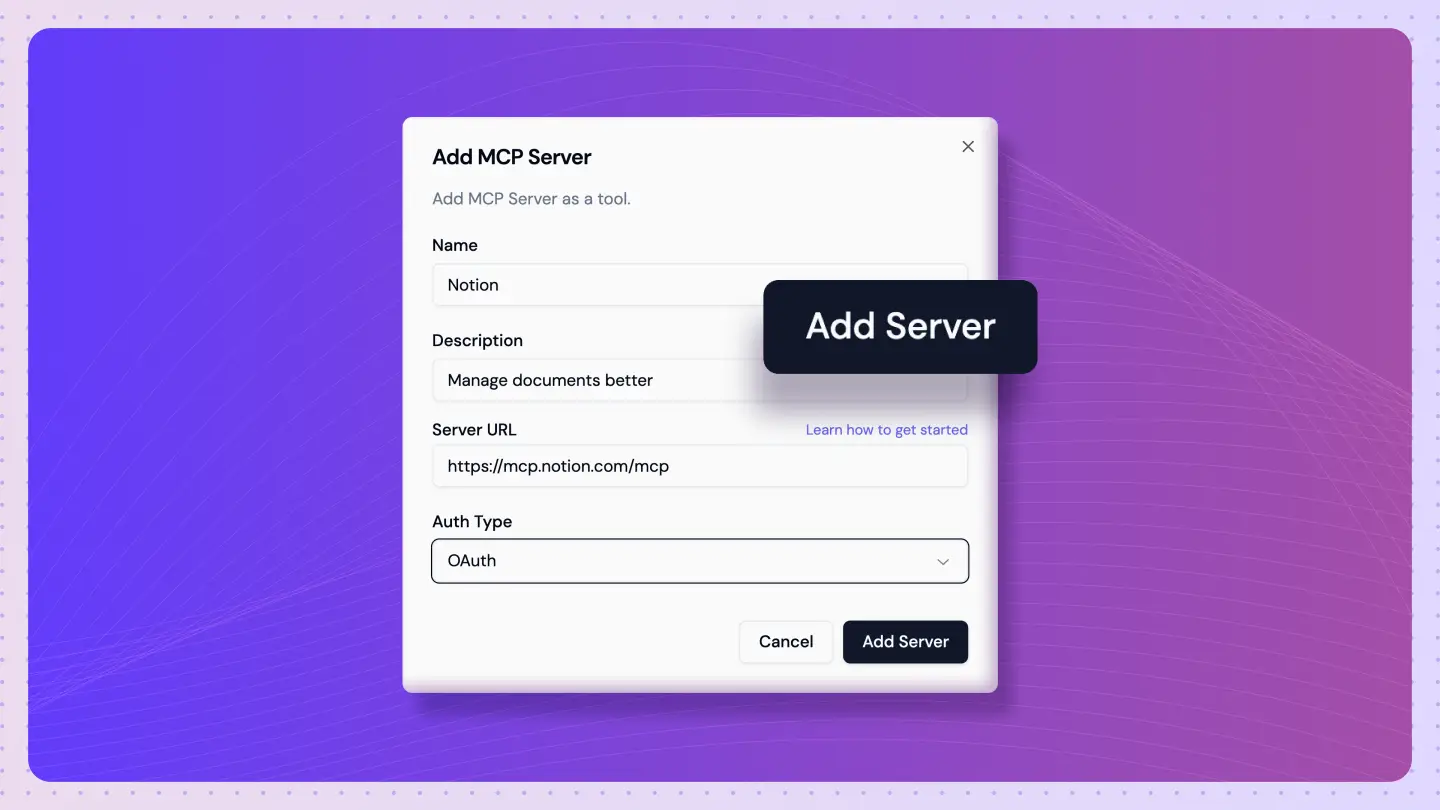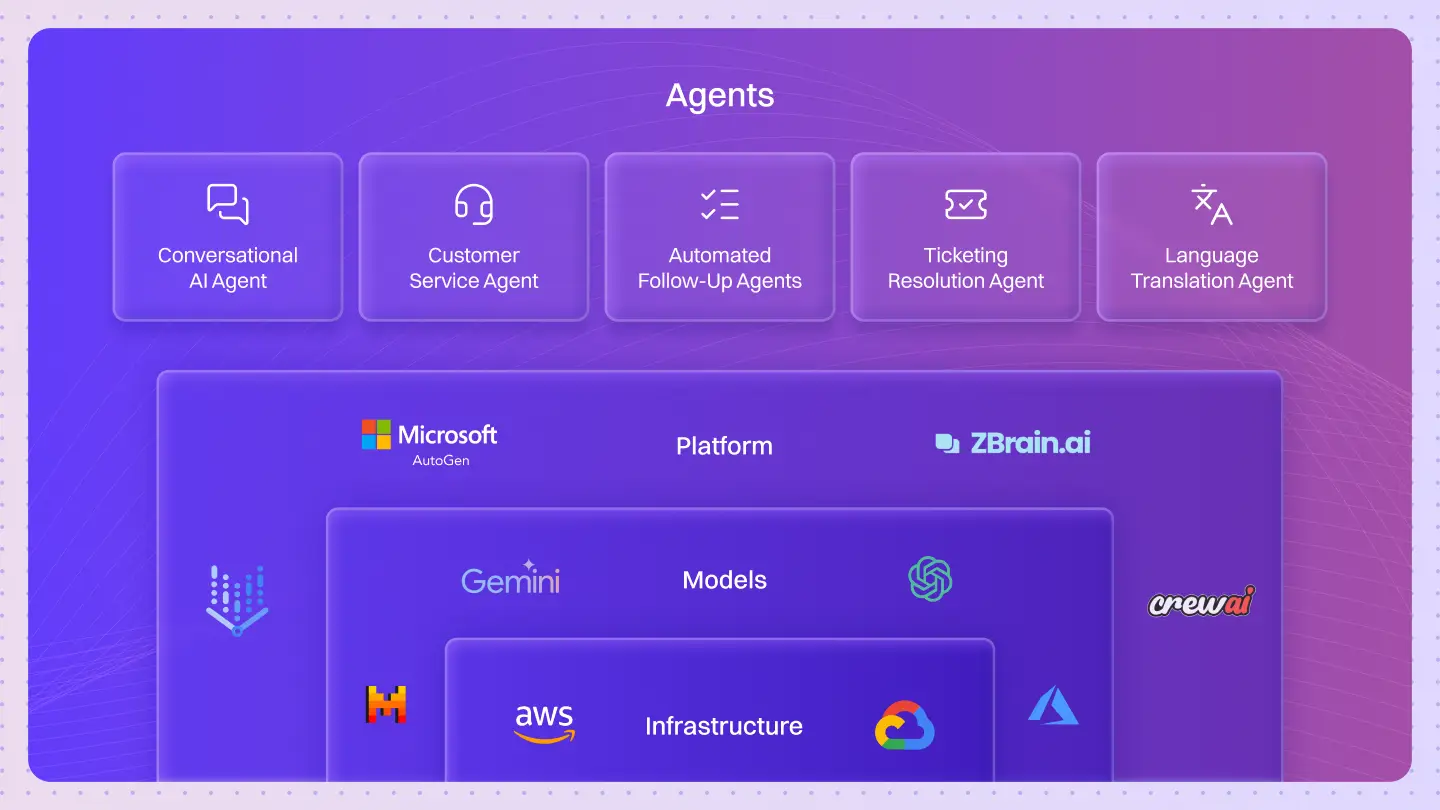Table of Contents
ToggleImagine hiring a brilliant assistant. They have a PhD, they speak 50 languages, and they work 24/7.
But there’s a catch: Every time they walk out of the room, they forget everything you just told them.
Every. Single. Time.
You ask for a report? They write it. You ask for a revision? They look at you blankly and ask, “What report?”
You wouldn’t fire this assistant; you’d run screaming. Yet, this is exactly how most enterprise automation runs today. You have powerful “smart” tools chatbots, RPA scripts, integration triggers but they suffer from digital amnesia. They don’t know who you are, what you asked five minutes ago, or what the Finance team just uploaded to the server.
The conventional answer has always been “feed it more data.” Engineers stuff thousands of pages of documentation into a prompt, hoping the AI figures it out.
But here is the uncomfortable truth: More data isn’t the answer. It’s the problem.
You don’t need a bigger library; you need a smarter librarian. You need Context-Aware AI Agents.
The “Toggle Tax”: The Hidden Cost of Digital Amnesia
Your business is bleeding time, and you probably don’t even see it.
It’s not in the big project failures; it’s in the micro-moments. It’s the “Toggle Tax.” Harvard Business Review found that the average employee toggles between apps 1,200 times a day. That creates a cognitive load so heavy that employees lose five working weeks a year just re-orienting themselves.
Why? Because your software has no context.
- The “Smart” Chatbot: It asks for your order number again, even though you’re logged in and staring at the order screen.
- The “Automated” Workflow: It breaks because a vendor changed their invoice format by one pixel, forcing a human to step in and fix it manually.
- The “Unified” Dashboard: It shows you sales data from Salesforce but can’t tell you why those sales happened because it can’t read the email threads in Gmail.
This lack of context creates data silos isolated pockets of information that don’t talk to each other. The cost? IDC estimates that data silos cost the global economy a staggering $3.1 trillion annually.
We have built a skyscraper of tools, but we forgot to put in the elevators. Everyone is stuck on their own floor, shouting to be heard.
This is the shift from “Data Processing” to “Context Awareness.”
The “Context Overload” Paradox: Why More Data Breaks Your AI
So, why haven’t we fixed this?
For years, the industry tried to solve this by dumping everything into the AI’s “context window.” The logic was simple: if the AI knows everything, it can do anything.
This is the “High-Rise Trap.”
Recent research on Large Language Models (LLMs) has uncovered a phenomenon called “Context Rot.” When you force an AI to read too much irrelevant information, its accuracy doesn’t go up—it plummets. Studies show accuracy can drop from 87% to 54% simply by overloading the model with data.
It’s like trying to find a needle in a haystack by adding more hay.
Standard “dumb” agents (the ones you’re likely using now) are either:
- Starved: They have no history and treat every interaction as day one.
- Bloated: They are fed irrelevant encyclopedias of data, causing them to hallucinate or miss obvious details.
The Core Insight: True intelligence isn’t about knowing everything. It’s about recalling the right thing at the right time.
This is the shift from “Data Processing” to “Context Awareness.”

The Steel Frame: How Context-Aware Agents Actually Work
A Context-Aware AI Agent is different. It doesn’t just follow a script; it maintains a state of mind.
It functions like a veteran employee who has been with the company for 10 years. It has:
- Short-Term Memory: It remembers that you asked for “Q3 data” five minutes ago, so when you say “compare it to Q2,” it knows exactly what “it” refers to.
- Long-Term Memory: It recalls that your enterprise prefers reports in PDF format and that “Project Alpha” refers to the new marketing initiative.
- Context Relevance: It filters out the noise. If you ask about an invoice, it retrieves only the relevant financial data, not the entire history of the vendor’s marketing emails.
Let’s look at the difference in a real-world scenario: Customer Support.
[Comparison Table: Standard vs. Context-Aware Interactions]
| Feature | Standard “Dumb” Chatbot | Context-Aware AI Agent |
| The Trigger | User asks: “Where is my refund?” | User asks: “Where is my refund?” |
| The Action | Asks: “What is your order number?” (Even if user is logged in) | Checks user ID, sees pending refund for Order #992 from yesterday. |
| The Logic | Keyword match: “Refund” -> Trigger Script A. | Reasoning: “Refund processed via Stripe, typically takes 3-5 days. User is VIP.” |
| The Response | “Refunds take 5-7 days. Check our policy here.” | “I see we processed the refund for Order #992 yesterday. Since you’re a VIP, it usually hits your account in 48 hours.” |
| The Outcome | Frustration. Ticket escalated. | Resolution. Trust built. |
This isn’t just “better customer service.” This is Agentic RAG (Retrieval-Augmented Generation) in action. The agent retrieves the specific context (User ID, Order Status, Payment Gateway Rules) before it generates an answer.
It stops the “Toggle Tax” because the agent does the toggling for you.

Architecting Intelligence with Lyzr: The “AgentMesh”
You agree. You need this “Steel Frame.” You need agents that remember.
But how do you build them without hiring a research lab?
Lyzr Agent Studio is the platform built specifically for this purpose. We don’t just give you bots; we give you the AgentMesh.
The AgentMesh is the “nervous system” of your enterprise. It allows you to build agents that share a central, evolving intelligence called Organizational General Intelligence (OGI).
Here is how Lyzr solves the “Context” problem:
1. Semantic Memory & Knowledge Bases
Most RAG systems just keyword search. Lyzr’s Semantic Model enriches your data with meaning. It doesn’t just see “Table 4”; it sees “Q3 Revenue Data for North America.” This ensures your agents retrieve meaning, not just matches.
2. Adaptive Context Filtering
Lyzr’s Context Relevance features actively evaluate retrieved data. If an agent pulls 10 documents but only 2 are relevant to the specific question, it discards the noise before it reaches the model. This prevents the “Context Rot” that kills accuracy.
3. Persistent State Management
With Lyzr, you can build agents that maintain Short-Term and Long-Term memory. Your Sales Agent remembers the negotiation strategy from last week. Your HR Agent remembers that a candidate prefers morning interviews.
4. Enterprise-Grade Security
Context is powerful, but it’s also sensitive. You don’t want your AI leaking PII. Lyzr is SOC2, GDPR, and ISO 27001 compliant, ensuring that your “Context-Aware” agents respect data privacy boundaries automatically.
Real-World Impact:
- Keka HR: Cut recruiting workload by 50% using an AI Hiring Assistant that remembers candidate context across the entire hiring lifecycle.
- NPD Powered: Reduced invoice processing time by 80% because their agents could understand the context of unstructured vendor invoices.
Your Next Move: Stop Building Scaffolding
For the last decade, we’ve been told to “automate our tasks.” That was the era of scaffolding. It was weak, it was brittle, and the “Toggle Tax” is costing you weeks of productivity every year.
The next decade belongs to leaders who architect their intelligence.
You don’t need more tools that forget. You need a Context-Aware system that learns. This is how you build an organization that can scale its complexity—not just its headcount.
Ready to stop the amnesia? Explore the Lyzr Agent Studio and see how you can build your first Context-Aware Agent in minutes, or book a demo to discuss your enterprise architecture.
Frequently Asked Questions (FAQs)
1. What is the difference between a standard chatbot and a Context-Aware AI Agent?
A standard chatbot follows a pre-written script and treats every interaction as new. A Context aware ai agent uses memory and logic to understand your history, intent, and current situation, allowing it to solve complex problems without asking redundant questions.
2. How does “Context Overload” hurt AI performance?
Feeding too much irrelevant data to an AI (like an entire manual) can cause “Context Rot,” where the model’s accuracy drops significantly (often below 60%). It struggles to distinguish the “signal” from the “noise.” Lyzr solves this with intelligent context filtering.
3. What is “Agentic RAG”?
Agentic RAG (Retrieval-Augmented Generation) is a system where an AI agent autonomously decides what data to retrieve, where to look for it, and how to use it. It’s a dynamic researcher, not just a static search bar.
4. Can Lyzr’s agents remember information from previous conversations?
Yes. Lyzr agents are built with persistent memory capabilities. They can recall user preferences, past decisions, and ongoing project details (Short-Term Memory) and access organizational knowledge (Long-Term Memory).
5. Is my data safe if I give an AI “context”?
Absolutely. Lyzr is designed for the enterprise. We are SOC2, GDPR, and ISO 27001 compliant. Your data resides in your own cloud environment, and we provide full control over what context each agent can access.
Book A Demo: Click Here
Join our Slack: Click Here
Link to our GitHub: Click Here




